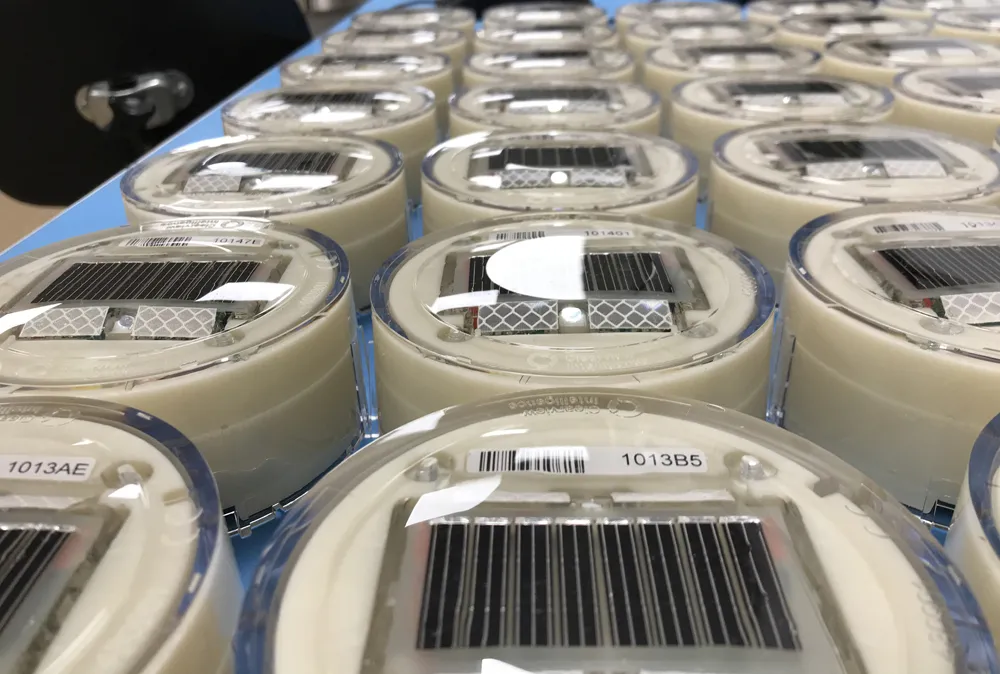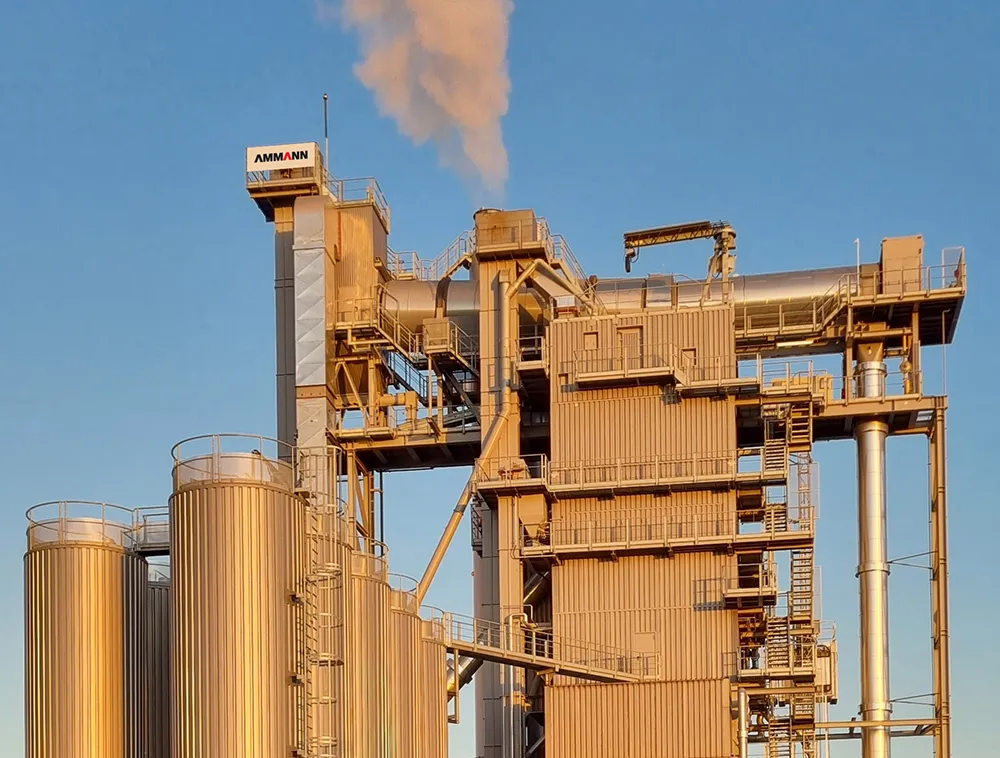
Since 1996 when the first SolarLite was installed in the UK’s roads, Clearview developed and produced what it claims is the most reliable solar-powered LED road stud to improve road safety across the national road network.
In 2014 Clearview received investment from the Advanced Manufacturing Supply Chain Initiative with the aim of bringing together UK-based companies to repatriate production of the SolarLite stud. The move was to allow easier research and development work and to encourage closer quality control relationships with manufacturers of components.
Adapt EMS has set up a manufacturing facility in the company’s factory in the town of Hitchin, near London. Product materials are now sourced through a UK supply chain to build new versions of the stud and to ensure quality is of the highest standard, according to Nick Lanigan, managing director of Clearview Intelligence and lead for the project.
“It’s been a long-term aim for us to re-shore the SolarLite production process and the Supply Chain Iniatitive funding was central to successfully do this,” said Lanigan. “Adapt EMS has come on board as our new manufacturing partner and they have proven their willingness and flexibility to work alongside us and achieve the very high standards we demanded.”
Alongside manufacturing, quality control and fulfilment processes include automated PC testing and 3D AOI technology.
Clearview Intelligence delivers innovative solutions that harness data intelligence and analytics platforms. Adapt EMS was set up in 1985 as a private contract electronics manufacturer serving customers in a variety of high-tech sectors. Products manufactured in accordance with the ISO13485 European quality standard. Customers are supported with all their manufacturing requirements from fast-turn prototyping, including 3D printing, to volume production of PCB assemblies and full product build.








